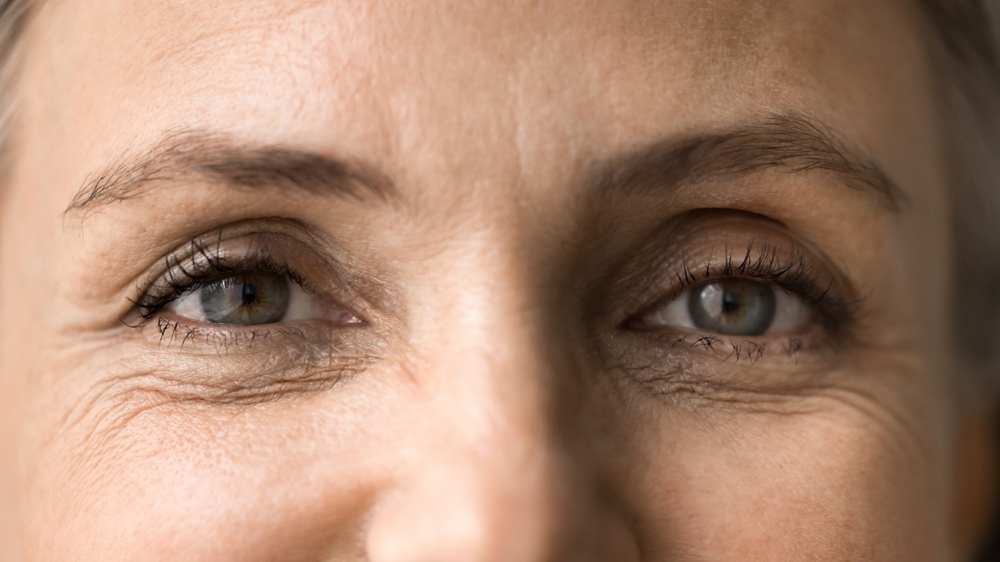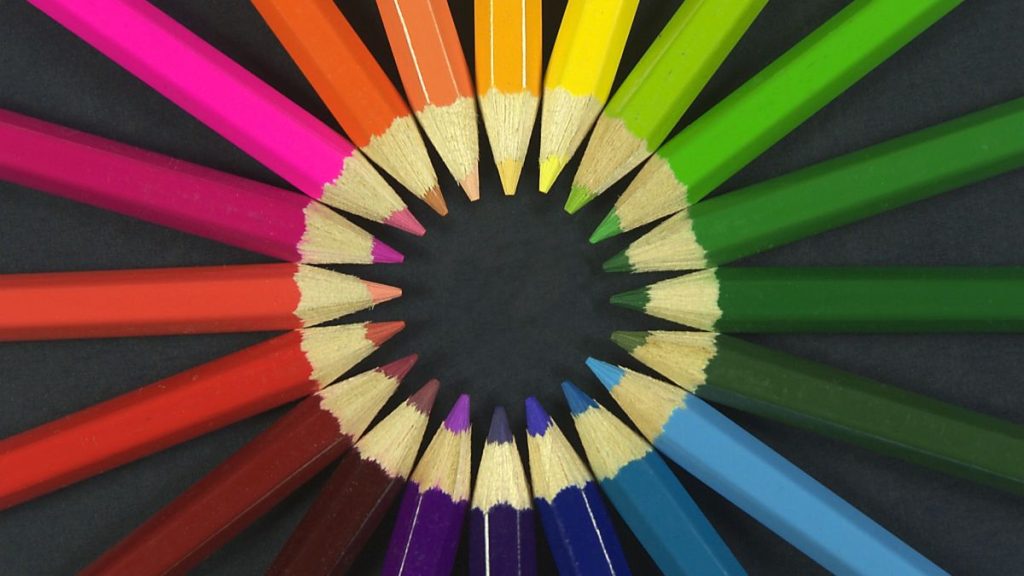Social media is rife with nostalgic musings about the “brighter colors” of childhood, think the bold primaries of the Toys R Us logo or the technicolor chaos of a 90s McDonald’s play zone.
Others are reading now
Many people genuinely wonder: Was the world more vibrant when we were younger, or has something changed in our perception?
Not Just Memory: The World Has Gotten Grayer

It’s not all in your head, modern design trends lean toward grayscale. The UK’s Science Museum Group has found a notable uptick in the number of gray-colored objects since the mid-20th century.
From concrete-toned apartments to monochrome cars, today’s palette is literally duller.
How Age Changes the Way We See Color

But there’s another dimension: our aging eyes. As we grow older, the very way we perceive color can shift.
That vivid red balloon from your seventh birthday might appear muted decades later, even if it’s the same shade.
Also read
Cataracts and the Yellowing of Vision

One common culprit is cataracts, clouding of the eye’s lens that can give the world a yellow-brown tint. In the U.S., about 4 million cataract surgeries take place each year.
Post-surgery, many patients are stunned by the sudden vibrancy of colors they hadn’t realized had faded.
More Than Just Cataracts: Other Causes of Color Shift

Other age-related eye conditions like glaucoma and macular degeneration can also distort color perception.
Even certain medications, including Viagra and specific heart or TB drugs, may interfere with how we see hues, especially blues.
Color Perception Fades Even Without Eye Disease

Surprisingly, even older adults without any diagnosed vision issues tend to see colors as less saturated.
Also read
This was the focus of a 2023 study by neuroscientist Dr Janneke van Leeuwen, which tracked pupil responses to colored stimuli in older versus younger participants.
Eye-Tracking Reveals Brain-Based Decline

Using high-speed cameras to track pupil diameter, Van Leeuwen’s team discovered that older adults’ pupils were less responsive to intense colors.
Crucially, this held true even after adjusting for naturally smaller pupil size in older eyes, suggesting the issue lies not just in the eyes but in the brain.
Your Brain’s Role in Color Perception

The Edinger-Westphal nucleus, part of the midbrain, controls how pupils react to color. While the eyes detect light, it’s the brain, particularly the visual cortex, that interprets those signals.
As we age, our brains become less responsive to color saturation, especially along the magenta-green spectrum.
Also read
Saturation, Emotions, and a Colorful Fix

Older adults tend to respond more positively to saturated colors, hinting they might benefit from stronger visual stimulation. Glasses like EnChroma, which boost saturation, have helped some users with color deficiencies perceive a richer world.
Even simply surrounding yourself with vivid colors could help lift your visual experience.
A Natural Shift, Not a Disease

While these changes in color perception are linked to healthy aging, they’re not early signs of dementia. Still, they offer valuable insight into how our brains evolve over time.
So if the world looks a bit duller lately, it might not just be your décor, it could be your brain gently changing the lens through which you see the world.


